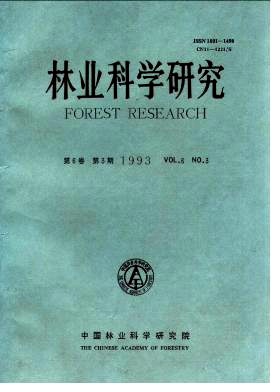Effect of Photoperiods on Larval Growth and Development of Dendrolimus punctatus
- Received Date: 1992-01-28
- Available Online: 2012-12-04
Abstract: The duration and age of Dendrblimus punctatus Walker vary greatly with the photoperiods experienced by the larvae during larval period. The larvae treated with longday cycles (L:D=15:9) in the earlier in-stars can develop into pupae in the 5th and 6th instar and their average larval duration is about one month, and there is no obvious variation between the durations no matter what photoperiods the larvae experienced in the later instars. But, the larvae exposed under shortday cycles (L:D=12:12) in the earlier instars can produce one or two more instars and their duration can exceed two months. The photoperiods in the later instars also exert important effect on the larval duration and age, longday cycles can curtail larval duration and shortday cycles can procrastinate larval period. However, the impact of short photoperiods in the later instars on larval duration and age depends on the photoperiods undergone by the larvae in the earlier instars. With the characteristic of oligopause, some of the larvae treated with the life-long short photoperiods can even pupate in the 10th instar and experience five-month larval period.





 DownLoad:
DownLoad: